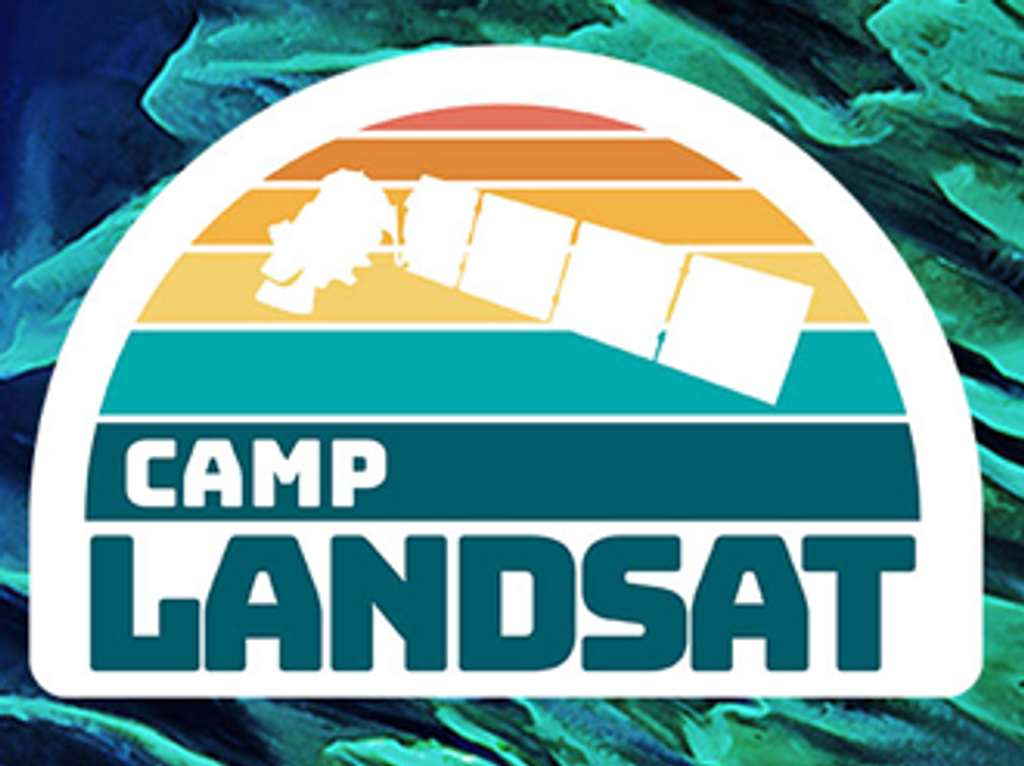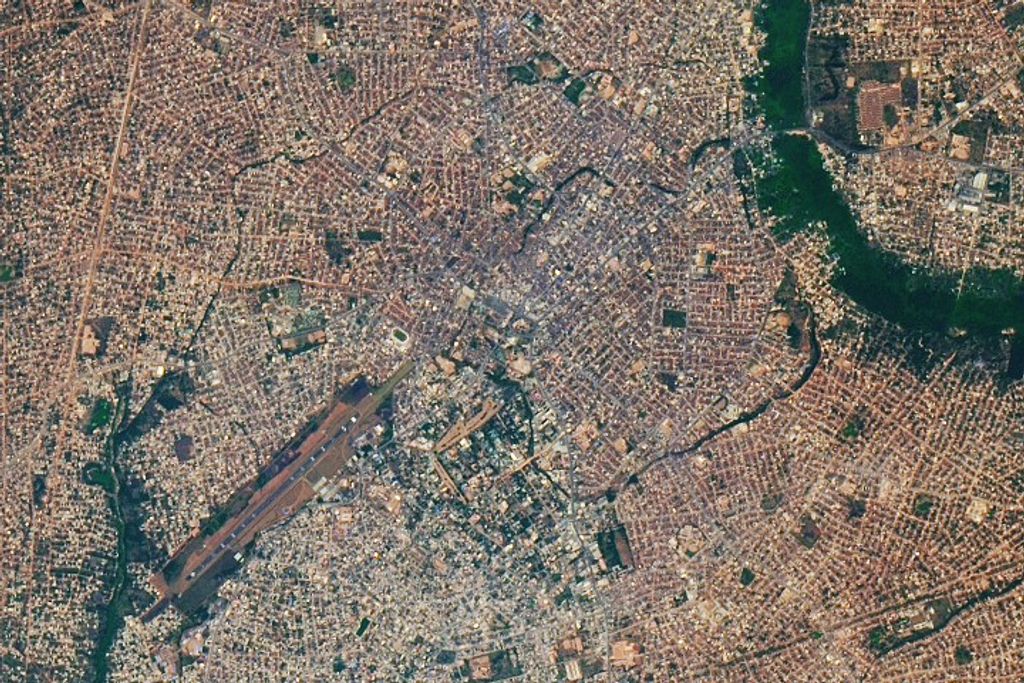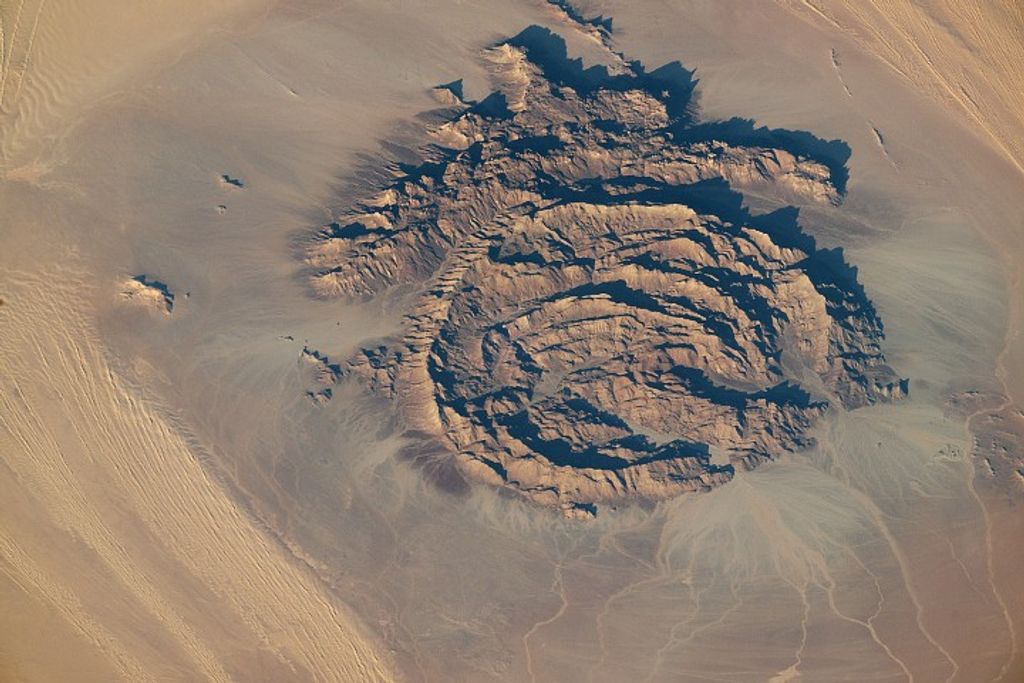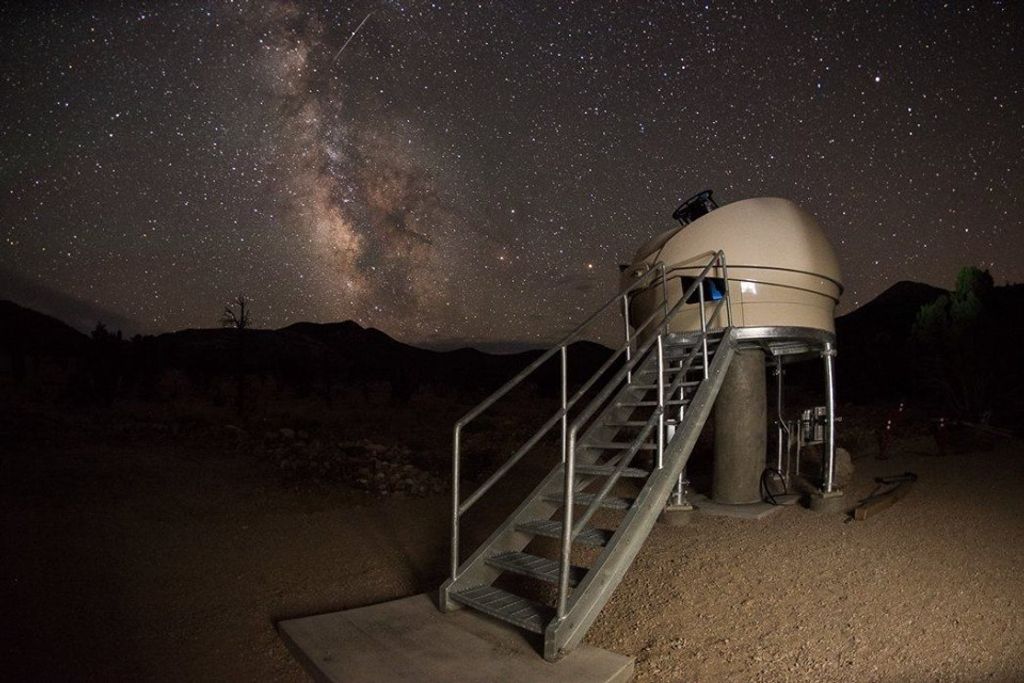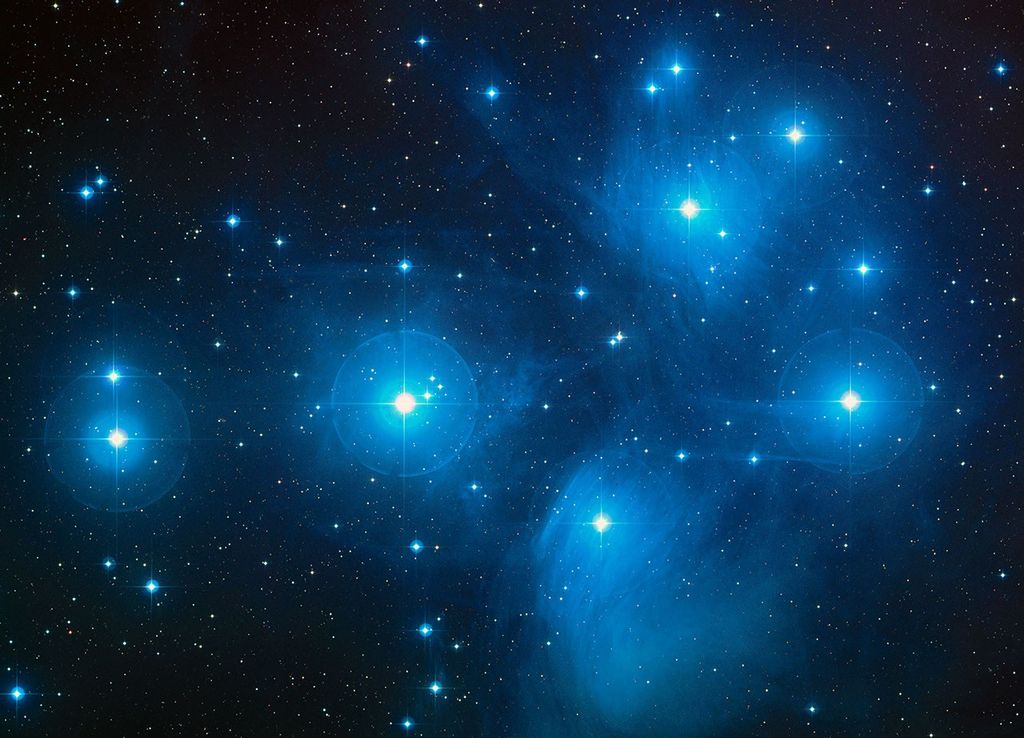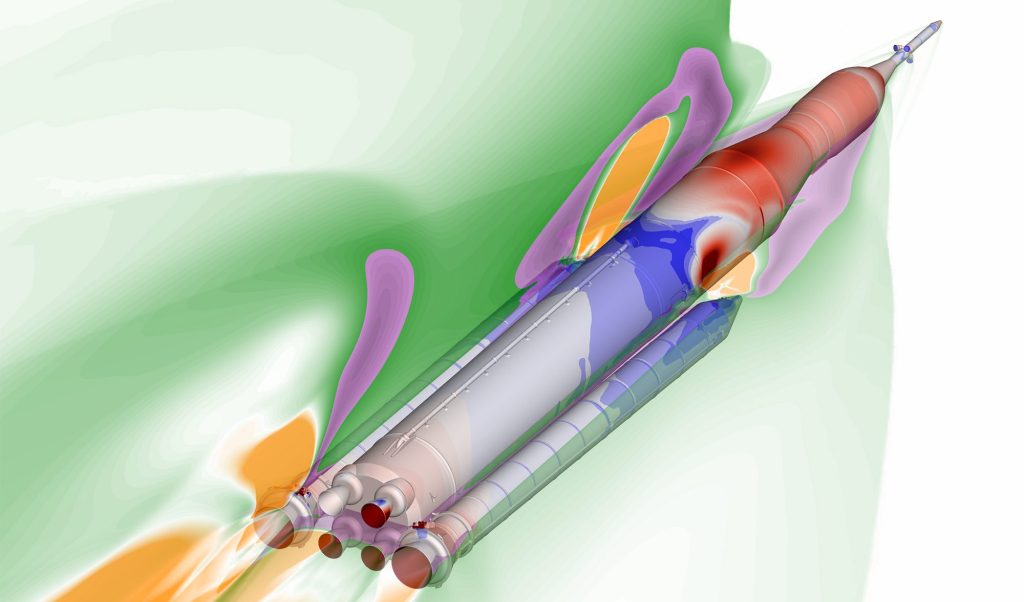1 min read
Planets Point to Dust

This graph of data from NASA's Spitzer Space Telescope indicates that stars with known planets (blue) are more likely to have "debris discs" than stars without known planets (red).
Debris discs are made up of dust and small rocky bodies, like comets. They are the leftover remnants of the planet-building process. Our solar system has a debris disc called the Kuiper Belt, which is filled primarily with comets. Until now, these discs had not been detected around any stars with known planets.
Spitzer sampled 84 stars, 26 with and 58 without known planets. Of the 26 planet-bearing stars, six had discs; of the 58 stars without planets, six had discs. The presence of these debris discs was inferred from the amount of excess infrared light measured at a wavelength of 70 microns, relative to that emitted by the parent star. While most of the observed stars have a ratio near unity, indicating that the 70-micron light is coming from the star itself, several stars show a high degree of excess emission. It is these stars that are surrounded by Kuiper Belt-like debris discs.
On the graph, stars with increasingly large discs are located farther to the right. The right side of the graph reveals that four out of the five stars with the highest 70-micron excess are known to have planets.
- Release DateDecember 9, 2004
- Science ReleaseSpitzer and Hubble Capture Evolving Planetary Systems
- CreditNASA/JPL-Caltech
Related Images & Videos
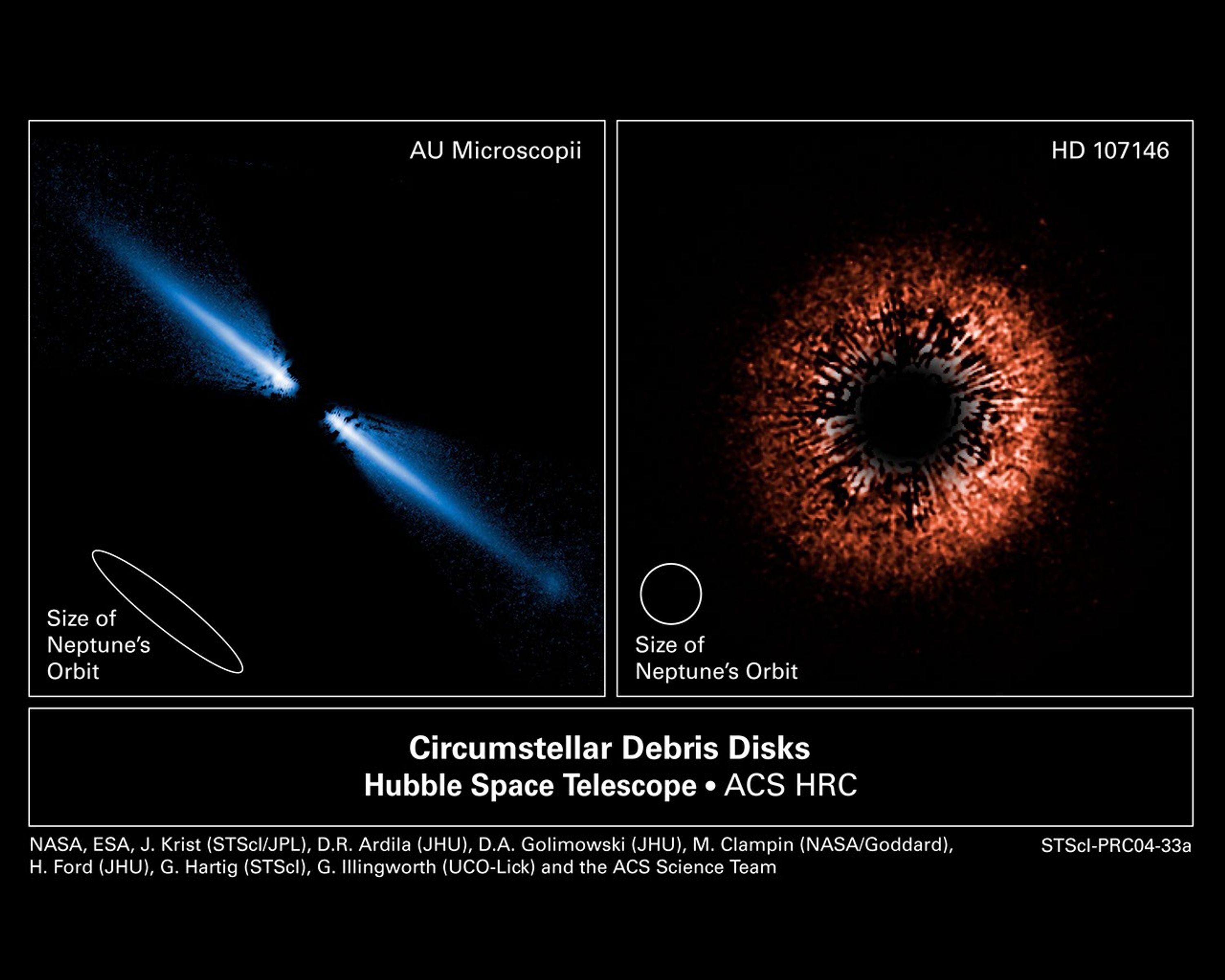
Debris Disks Around Sun-Like Stars AU Microscopii and HD 107146
[LEFT: AU Microscopii] - A visible-light image of a debris disk around the red dwarf star AU Microscopii. Planets may be forming, or might already exist, within it. The disk glows in starlight reflected by tiny grains of dust created by the collisions of asteroids and comets....

Disk of Debris Around Red Dwarf Star AU Microscopii
A visible-light image of a debris disk around the red dwarf star AU Microscopii. Planets may be forming, or might already exist, within it. The disk glows in starlight reflected by tiny grains of dust created by the collisions of asteroids and comets. Because it is composed of...

Planetary Debris Disk Encircling Yellow Dwarf Star HD 107146
This is a false-color view of a planetary debris disk encircling the star HD 107146, a yellow dwarf star very similar to our Sun, though it is much younger (between 30 and 250 million years old, compared to the almost 5 billion years age of the Sun). The star is 88 light-years...

The View from Within AU Microscopii's Disk
This is an artist's impression of the view from the vicinity of a hypothetical terrestrial planet and moon orbiting the red dwarf star AU Microscopii. The relatively newborn 12 million year-old star is surrounded by a very dusty disk of debris from the collision of comets,...

Model of AU Microscopii Disk
This is a so-called scatter model based on the Hubble Space Telescope image of the planetary debris encircling the star AU Microscopii. Though the real disk is tilted nearly edge-on to Earth, this oblique view is from 30 degrees above the disk plane. This model clearly shows a...

Is There Anybody Home?
NASA's Spitzer Space Telescope recently captured these infrared images of six older stars with known planets. The yellow, fuzzy clouds are discs of dust, or "debris discs," like the one that surrounds our own Sun. Though astronomers had predicted that stars with planets would...

A Distant Solar System (Artist's Concept)
This artist's concept depicts a distant hypothetical solar system, similar in age to our own. Looking inward from the system's outer fringes, a ring of dusty debris can be seen, and within it, planets circling a star the size of our Sun. This debris is all that remains of the...
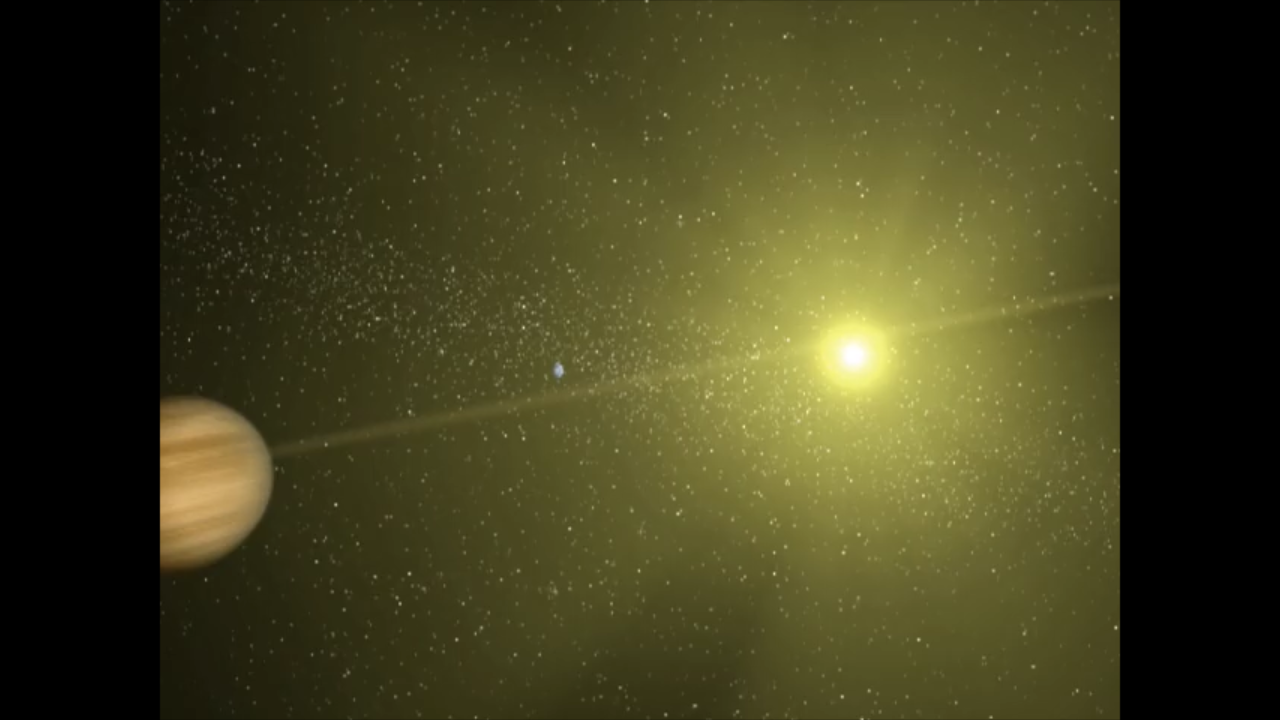
Artist's Concept of a Debris Disk Outside a Planetary System
This animation portrays an artist's concept of a distant hypothetical solar system, about the same age as our own. It begins close to the star, and then moves out past a number of planets. Though "extrasolar" planets are too small to be seen with telescopes, astronomers have...
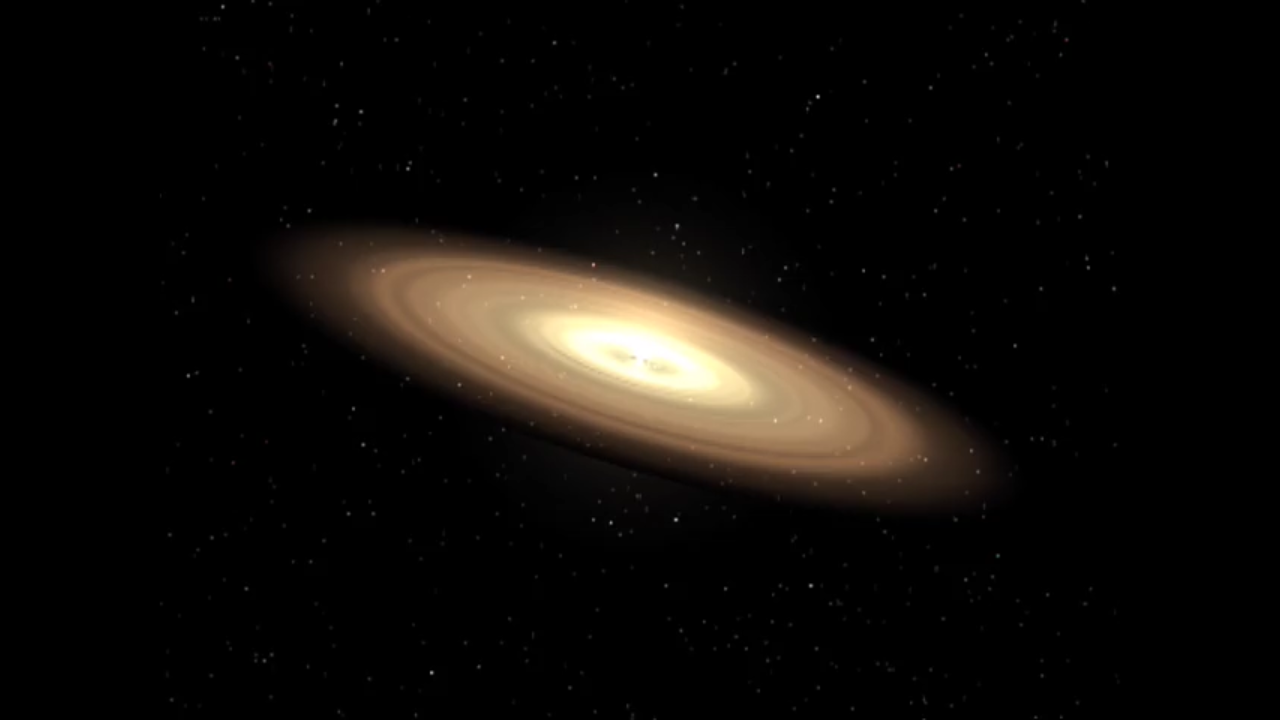
Animation of the Development of a Debris Disk into a Planetary System
This animation shows the evolution of a planet-forming disc around a star. Initially, the young disc is bright and thick with dust, providing raw materials for building planets. In the first 10 million years or so, gaps appear within the disc as newborn planets coalesce out of...
Share
Details
Claire Andreoli
NASA’s Goddard Space Flight Center
Greenbelt, Maryland
claire.andreoli@nasa.gov







